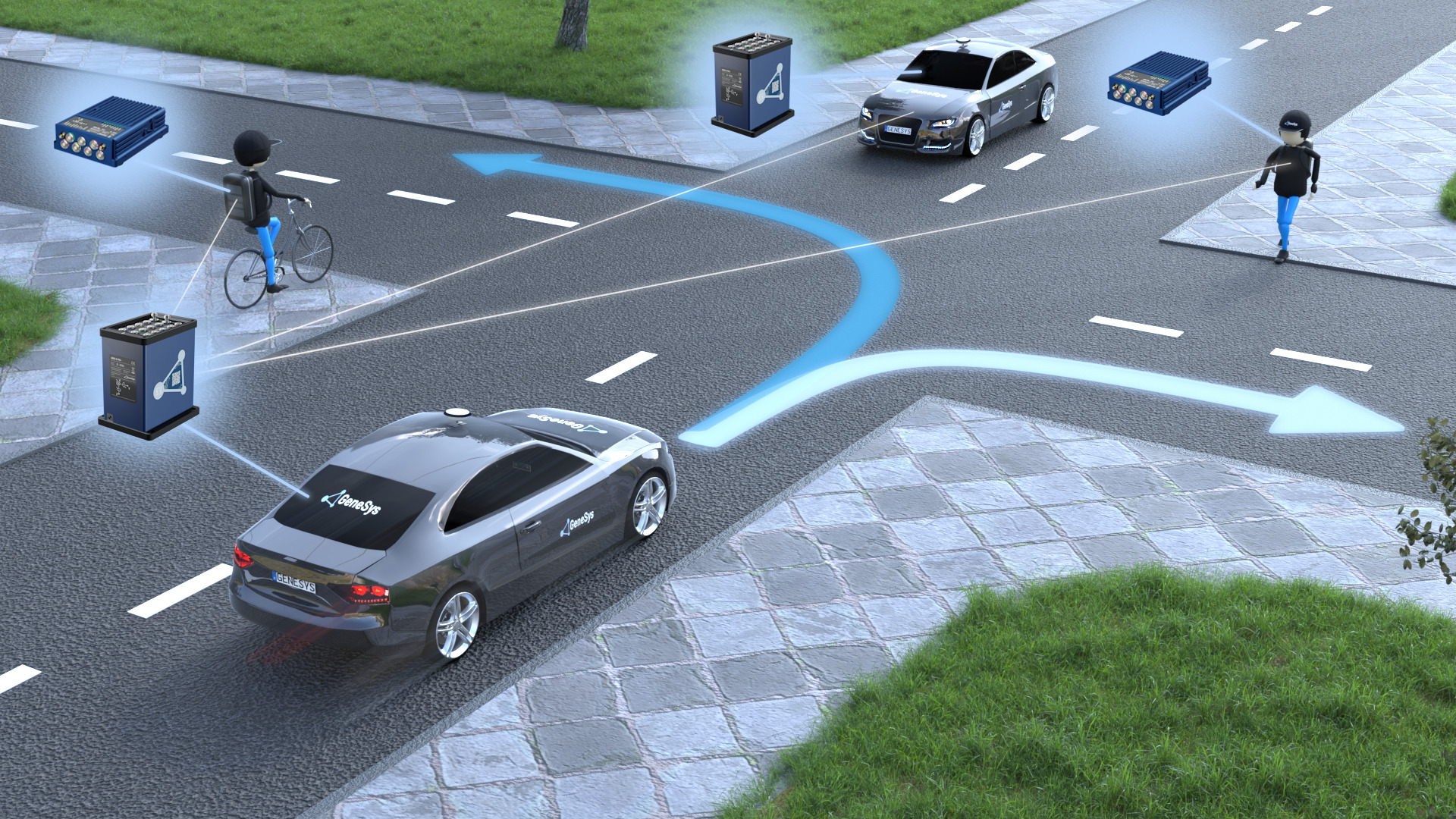EN 60825 Lidar Laser Safety Testing
The EN 60825 standard is a crucial document in ensuring that laser systems are safe to use, particularly in environments where they may pose risks. This service focuses on testing LiDAR (Light Detection and Ranging) laser systems used in automotive applications. The goal of this testing is to ensure compliance with the safety requirements outlined by EN 60825:1994, which covers laser products from Class 1 up to Class 4, including their effects and potential hazards.
In the context of autonomous vehicles (AVs) and advanced driver-assistance systems (ADAS), LiDAR plays a critical role in providing precise three-dimensional data about the environment. However, the high power density of LiDAR lasers can pose significant risks if not properly managed. The EN 60825 standard provides a framework for assessing these risks by establishing exposure limits and safety measures.
Our service involves conducting comprehensive tests to evaluate the laser output power, beam divergence, and other parameters that could potentially affect human safety. This includes evaluating the potential impact of direct, reflected, or scattered laser beams on individuals in proximity to the vehicle. The testing process is designed to ensure that all relevant sections of EN 60825 are addressed:
- Particular attention is given to the exposure limits for eyes and skin.
- The potential effects of direct, reflected, or scattered laser beams are evaluated.
- The safety measures implemented in the design and operation of the LiDAR system are thoroughly examined.
During the testing process, we use state-of-the-art instrumentation to measure laser parameters such as irradiance, beam divergence, and pulse duration. These measurements are then compared against the exposure limits specified in EN 60825 to ensure that the LiDAR system complies with safety standards.
The importance of this testing cannot be overstated. Compliance with EN 60825 is not only a regulatory requirement but also essential for protecting the health and well-being of individuals who may come into contact with these systems during operation. By adhering to these standards, we ensure that AVs and ADAS technologies can be deployed safely in real-world conditions.
Our team of experts ensures that all aspects of EN 60825 are meticulously addressed, including:
- Evaluation of the laser parameters used in LiDAR systems.
- Assessment of potential risks to human health and safety.
- Verification of compliance with relevant international standards.
The testing process is rigorous and involves multiple stages, each designed to identify any potential hazards associated with the use of LiDAR lasers. Our goal is not only to meet regulatory requirements but also to exceed them by ensuring that all safety measures are in place to protect users and bystanders.
| Application | Description |
|---|---|
| Autonomous Vehicles (AVs) | Incorporating LiDAR into AV systems for enhanced safety and performance. |
| Advanced Driver-Assistance Systems (ADAS) | Implementing LiDAR technology in ADAS to improve driver assistance features. |
| Robotic Vehicles | Utilizing LiDAR for autonomous navigation and obstacle detection. |
| Research & Development | Evaluating the safety of new LiDAR technologies before commercialization. |
| Manufacturing | Ensuring that industrial robots equipped with LiDAR comply with safety standards. |
The demand for autonomous and semi-autonomous vehicles is growing rapidly, driven by advancements in technology and increasing consumer interest. As these systems become more sophisticated, the importance of ensuring their safe operation cannot be overstated. By providing EN 60825 compliance testing for LiDAR lasers, we help manufacturers and developers meet regulatory requirements and ensure that their products are safe for use.
Our service is designed to address the specific needs of quality managers, compliance officers, R&D engineers, and procurement professionals involved in the development and deployment of AVs and ADAS systems. By leveraging our expertise and state-of-the-art facilities, we can help you ensure that your LiDAR systems meet all relevant safety standards.





